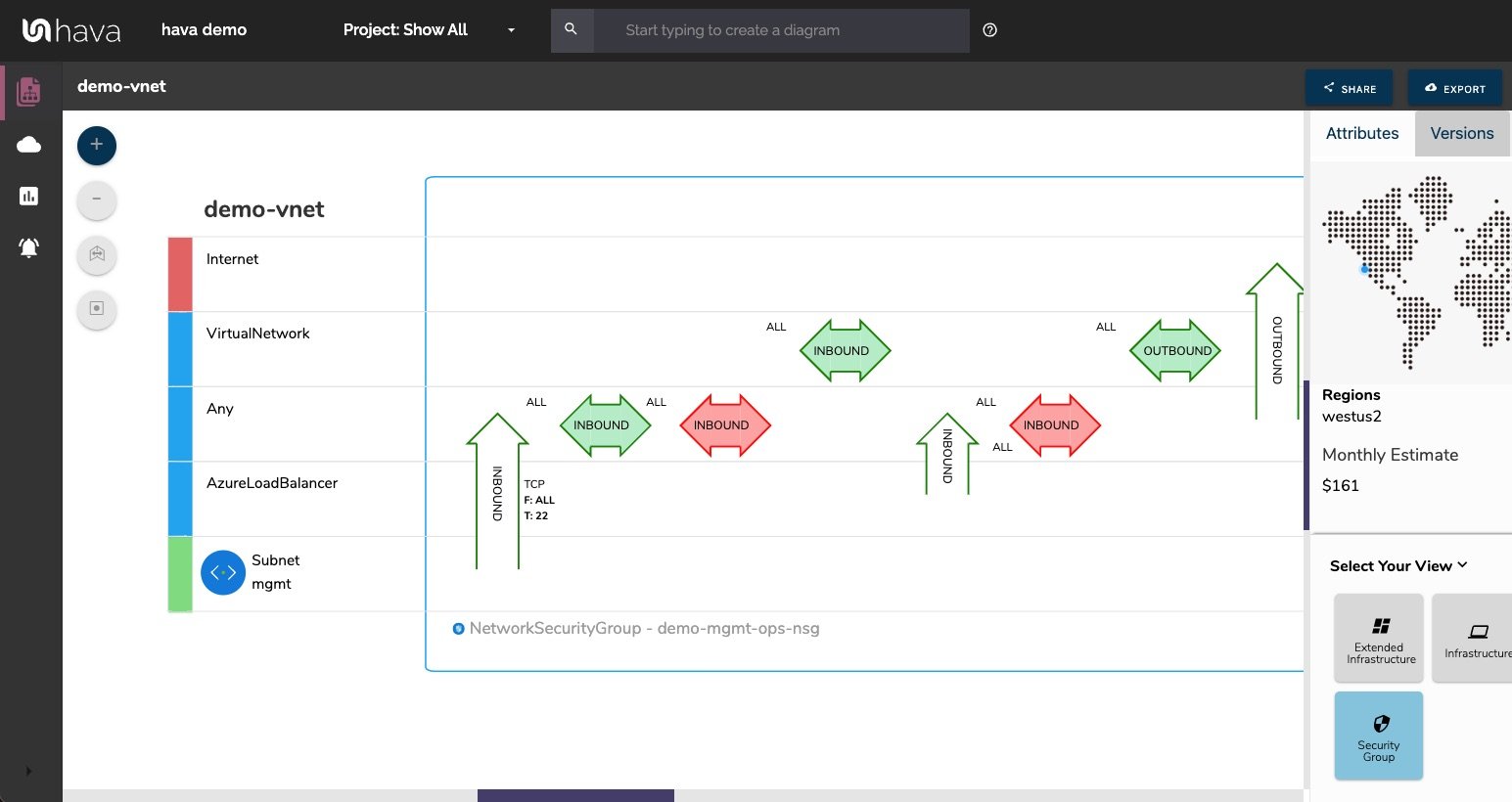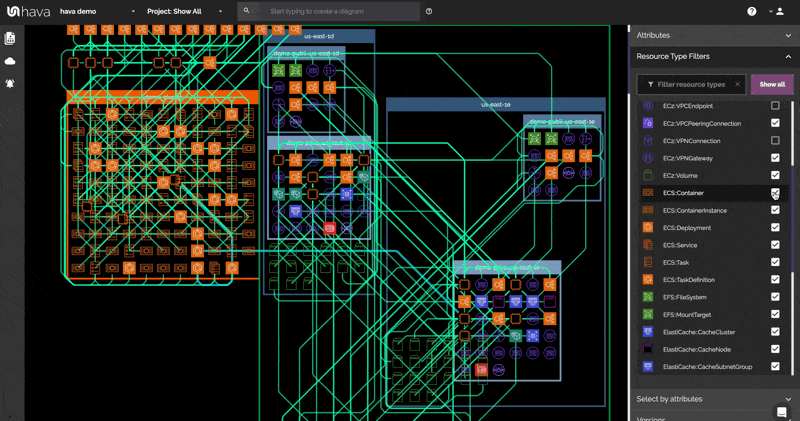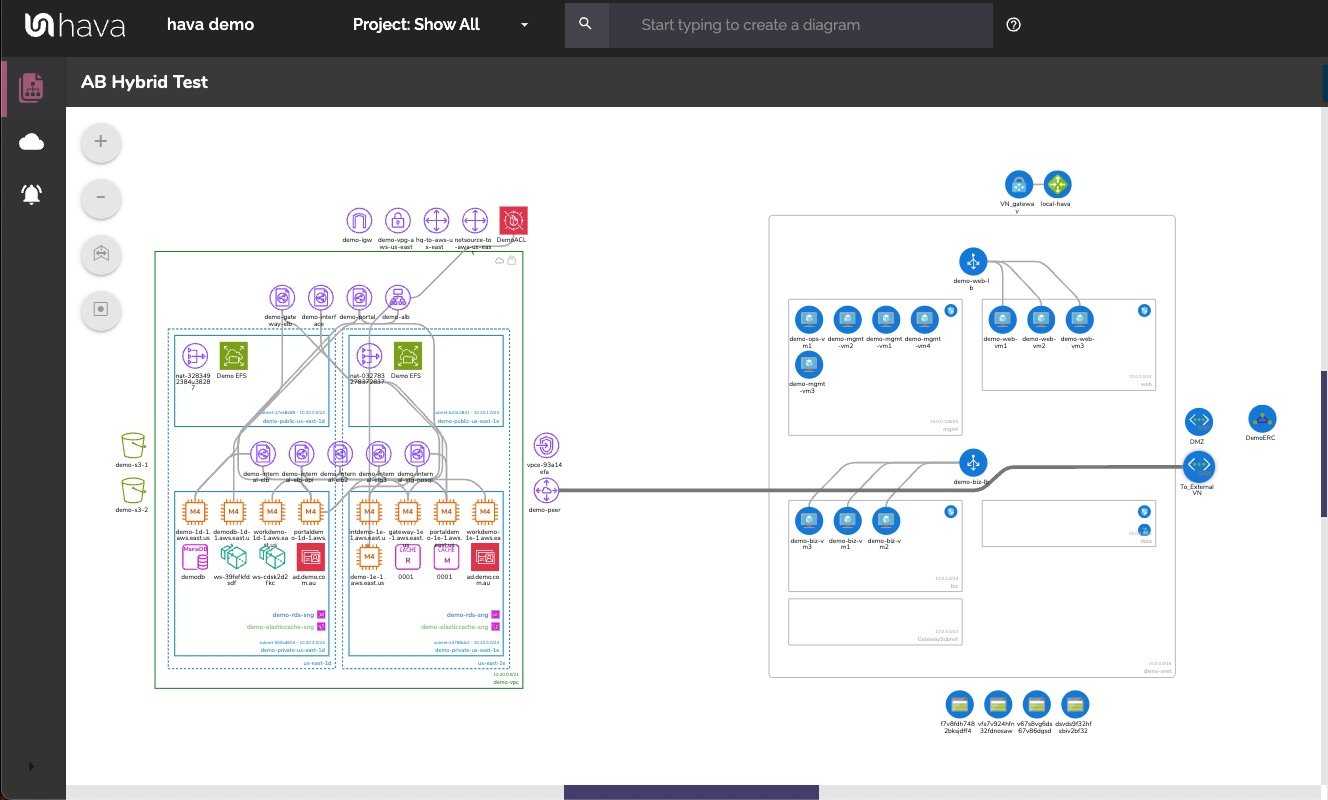
Using Cloud Network Diagrams for Compliance
Introduction
When you are building solutions using public cloud, compliance is more than a legal necessity; it's a cornerstone of trust and operational integrity. Cloud network diagrams play a pivotal role in ensuring organizations meet their regulatory requirements efficiently and effectively. These diagrams provide a visual representation of a cloud environment's architecture, including connections between servers, storage systems, and other network resources. This article explores how cloud network diagrams can be used to enhance compliance efforts across various industries.
Why Cloud Network Diagrams Matter for Compliance
Cloud network diagrams are essential tools for compliance for several reasons:
- Visibility and Clarity: They offer a clear visual representation of the cloud infrastructure, making it easier to understand how data flows through the system and where it resides, which are crucial for adhering to data protection regulations.
- Audit Readiness: Well-maintained diagrams can significantly streamline the audit process. They serve as ready-made evidence of the organization’s compliance with architectural best practices and regulatory standards.
- Risk Management: Diagrams help identify compliance risks in the network's design, such as unauthorized access points or unsecured data transmissions.
- Documentation: Maintaining updated network diagrams is often a regulatory requirement itself, especially in highly regulated sectors like finance and healthcare.
Streamlining Compliance with Cloud Network Diagrams
Cloud network diagram software can streamline compliance processes in several ways:
- Gap Analysis: By comparing current network configurations against compliance requirements or best practices, organizations can identify and rectify gaps more efficiently.
- Change Management: Diagrams make it easier to understand the implications of network changes for compliance. They help ensure that every modification adheres to regulatory standards before implementation.
- Security Enhancements: With security features prominently visualized, diagrams facilitate the strategic placement of firewalls, intrusion detection systems, and other security measures in accordance with compliance needs.
Implementing Effective Cloud Diagrams for Compliance
To effectively use cloud network diagrams for compliance, organizations should consider the following practices:
- Automate Diagram Updates: Use tools like Hava.io to automate the generation and updating of cloud network diagrams. Automation ensures that the diagrams are always accurate and reflect the most current state of the cloud environment.
- Integrate Compliance Checks: Tools that support compliance check integrations can automatically highlight potential compliance issues directly on the diagrams, facilitating proactive management.
- Regular Reviews: Schedule regular reviews of the cloud network diagrams to ensure ongoing compliance and to adjust to new regulatory requirements.
Leveraging Tools Like Hava.io
Hava.io stands out as a tool designed to simplify the creation and maintenance of cloud network diagrams. It automatically generates diagrams from real-time data, ensuring that all compliance-related documentation is up-to-date and accurate. Key features include:
- Real-Time Sync: Automatically syncs with cloud environments to reflect current configurations and relationships when invoked via integrations or via frequent periodic syncing.
- Security Posture Visualization: Illustrates how security controls are implemented, aiding in compliance with specific security standards.
- Version Control: Maintains a history of diagrams, allowing for retrospective analysis and evidence of compliance over time.
FAQs About Using Cloud Network Diagrams for Compliance
- How often should cloud network diagrams be updated for compliance purposes?
- Diagrams should be updated in real-time or as changes occur in the network to ensure they always reflect the current configuration for accurate compliance reporting. Capture the changes via versioning so the evolution of the architecture can be tracked.
- Can cloud network diagrams help with ISO 27001 compliance?
- Yes, these diagrams can help demonstrate an organization’s commitment to ISO 27001 by visualizing the information security management system (ISMS) and related controls.
- What formats should be used for storing cloud network diagrams?
- Diagrams should be stored in secure, accessible formats that allow for easy sharing and reviewing during compliance audits, such as PDF or secure cloud storage formats. Hava allows you to export diagrams to store externally as back up.
- Are cloud network diagrams useful for GDPR compliance?
- Absolutely, they are crucial for illustrating data flow and storage in compliance with GDPR’s data protection requirements.
- How do tools like Hava.io enhance the reliability of cloud network diagrams for compliance?
- By automating the diagramming process, tools like Hava.io minimize human error and ensure that the diagrams are a reliable source of information for compliance verification.
Conclusion
Cloud network diagrams are indispensable tools in the compliance toolkit. By providing a clear, updated view of cloud architectures, they help organizations manage compliance more effectively, reduce risks, and ensure that they can respond confidently to audit inquiries.
Tools like Hava.io automate and simplify the creation and maintenance of these diagrams, allowing organizations to focus more on strategic compliance initiatives.
To learn more hit the button below.





